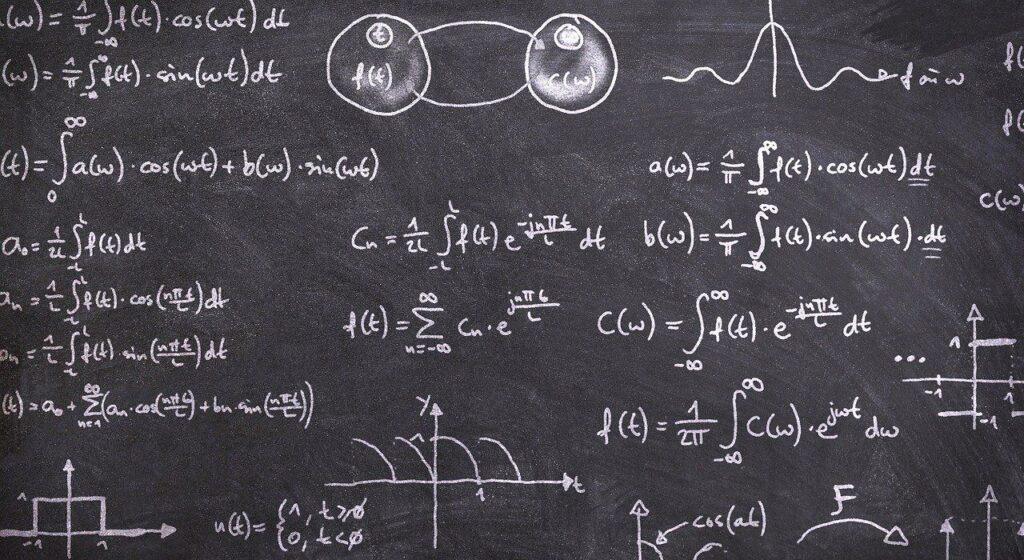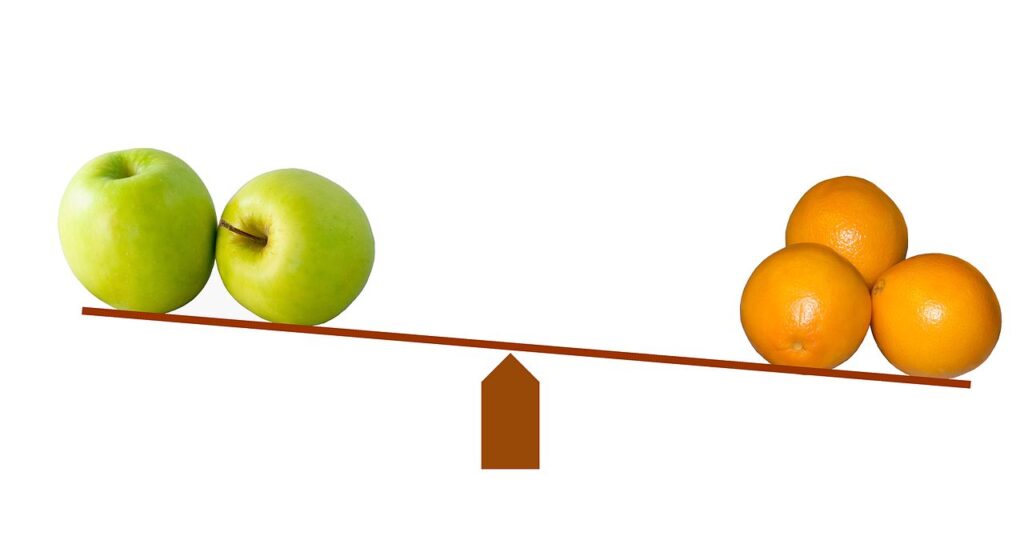March 15, 2021
Intervening rights address the impact on third parties when a patentee makes substantive changes to the scope of patent claims in a post-grant proceeding (reissue, reexamination,
Read more
March 5, 2021
In January of this year we reported on the Federal Circuit decision Donner Technology, LLC v. Pro Stage Gear, LLC, (link here) where the court clarified
Read more
February 24, 2021
When evaluating whether a Petitioner’s inter partes review petition is based on matters previously presented to the Office, the Patent Trial and Appeal Board (“the Board”)
Read more
February 19, 2021
In Ex parte Gomez (Appeal 2020-001462), the Patent Trial and Appeal Board (“Board”) considered an Examiner’s obviousness rejection based on an allegedly overlapping range and, alternatively,
Read more
February 12, 2021
Section 101 broadly recognizes patent eligibility for “any new and useful process, machine, manufacture, or composition of matter.” However, the U.S. Supreme Court has identified exceptions
Read more
February 3, 2021
Ex parte Whalen, is a 2008 decision of the Board of Patent Appeals and Interferences (BPAI) that is listed among the Patent Trial and Appeal Board’s
Read more
January 29, 2021
The Federal Circuit’s recent decision in SIMO Holdings, Inc. v. Hong Kong uCloudlink Network Technology Limited (decision) highlights the importance of English grammar when drafting, revising,
Read more
January 26, 2021
Typically, the first step in mounting an obviousness challenge is to determine the scope and content of the prior art. However, more than just an early
Read more
January 21, 2021
We are all aware of the challenges that prosecuting a claim including the term “about” can raise during prosecution – whether it is definite, whether it
Read more
January 19, 2021
Claimed ranges are prima facie obvious when they overlap a prior art range. When there is no overlap, Examiners will bridge the gap by arguing that
Read more










